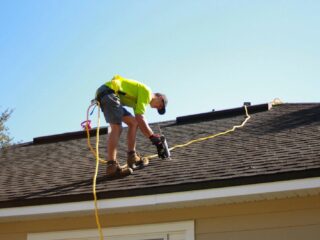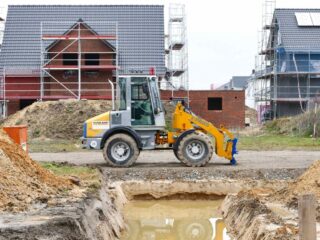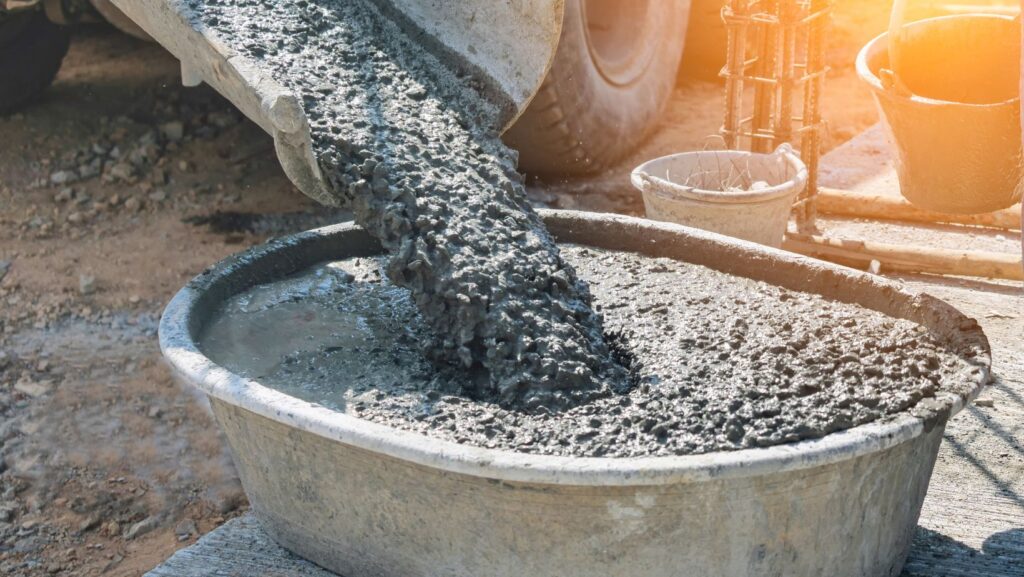
When it comes to concrete, whether you’re putting in a new driveway or building the foundation of your home, pouring and curing are two critical steps that can make or break your project. If you’re reading this, you’re probably either about to get started on your own concrete project or you’ve run into some questions about how things should go. We’re here to clear up the confusion. By the end of this article, you’ll know what concrete pouring and curing involve, why they’re so important, and how to avoid costly mistakes.
Contact Concrete Contractors Dallas TX Today if you need professional assistance with any concrete project in your area, and we’ll guide you through the whole process!
The Concrete Pouring Process
Picture this: You’ve decided to build a new patio in your backyard. The plans are in place, the materials are ready, and it’s time to start pouring the concrete. Now, the pouring process itself isn’t as simple as just dumping a bunch of liquid concrete into the forms and calling it a day. There’s an art to it.
When the truck arrives, you’ll see the concrete mixed to the right consistency for the project at hand. If it’s too thick, you risk voids and imperfections in the finished surface. Too thin? It could lose its strength and crack over time. This is where experienced contractors, like the ones from Concrete Contractors Dallas TX, can make a huge difference in getting the mix just right.
The first step is to prepare the site. The ground needs to be cleared and compacted to make sure there’s no settling after the concrete is poured. Once that’s done, the concrete is carefully poured into the formwork (like molds) that you’ve set up for the project, whether that’s a slab, driveway, or something else. The concrete must be spread evenly, and it should be smoothed out, using tools like a trowel, to make sure the surface is level.
The Role of Curing: Why Time Matters
Now, the pouring is done, but the work isn’t over. This is where curing comes in. Curing is essentially the process of keeping the concrete moist and at the right temperature so it can reach its full strength. Think of it like making a perfect batch of bread. You mix the dough, but if you don’t let it rise properly, it’ll be flat and dense. Concrete is no different.
Curing begins right after the concrete is poured, and it typically lasts for at least 7 days. During this time, you need to keep the concrete hydrated. Without proper curing, the concrete could dry too quickly, leading to cracks, reduced durability, and a shorter lifespan. In the worst-case scenario, your fresh concrete could end up being a weak, crumbly mess.
Let’s say you’re in a rush to finish a project because it’s a part of a bigger home renovation. You might be tempted to skip or rush the curing process. But, as tempting as it might be to move on to the next step, skipping curing could be the biggest mistake you make.
Real-Life Scenario: The Impact of Poor Curing
Let’s say you decide to pour a new driveway and forget the curing process. After just a few weeks, you start to notice small cracks forming along the surface. Then, it’s followed by bigger cracks, and now your driveway’s looking pretty shabby.
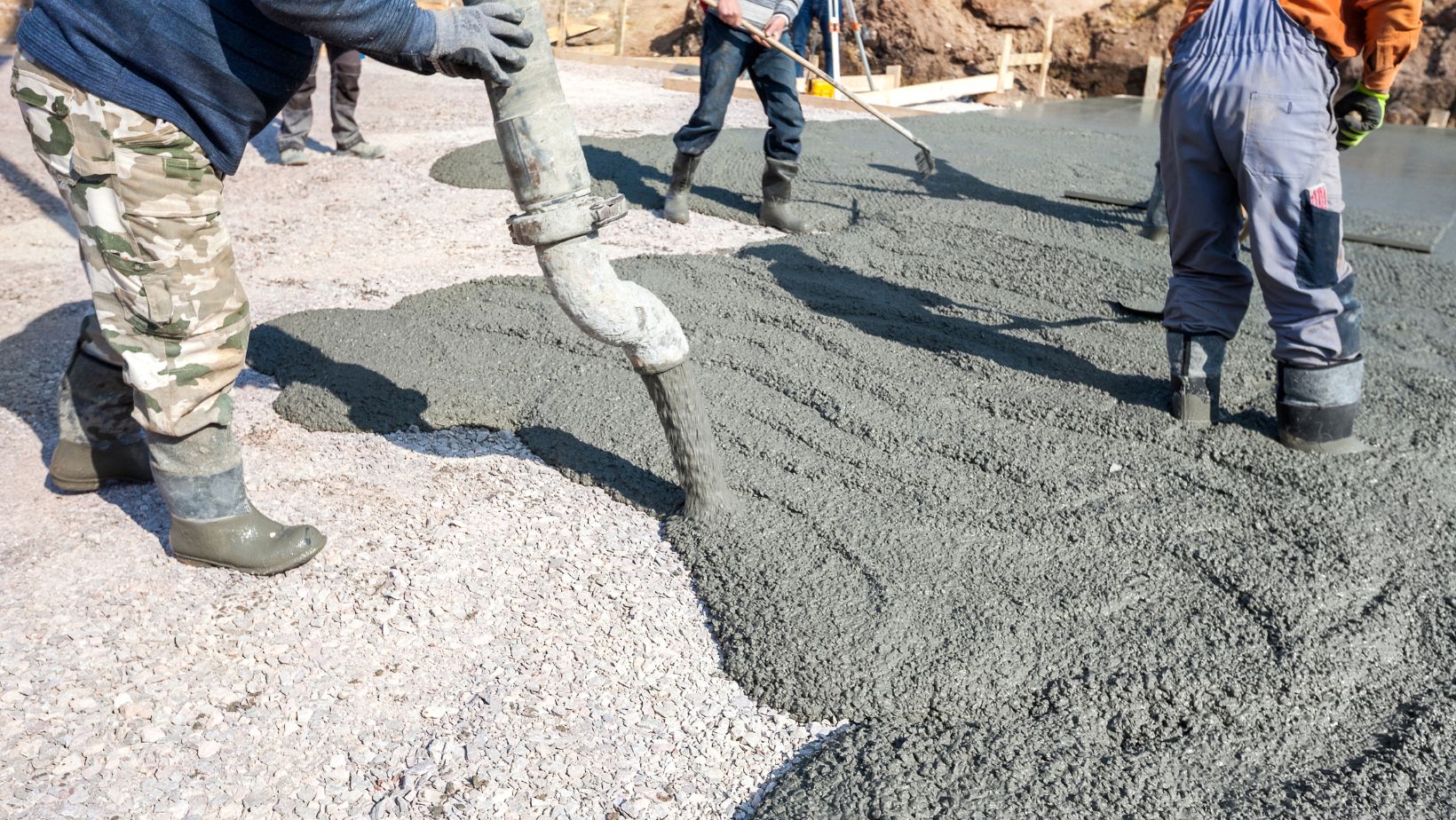
The problem? The concrete dried too quickly, weakening its structure. The cost of fixing this could easily outweigh the initial investment you made, and it’s a headache you could’ve avoided.
Concrete is strong, but it needs a bit of time to properly set. Just like you wouldn’t expect a freshly baked cake to be perfect without allowing it to cool, concrete needs time to cure.
Concrete Curing Methods
Now that we’ve established curing is a big deal, you’re probably wondering: How do you do it right? There are several methods to ensure proper curing, including:
- Water Curing: This is the classic method where you keep the surface moist by covering it with wet burlap, plastic sheets, or even spraying it down with water regularly. It’s a hands-on approach, but it works well.
- Sealing Curing: In this method, a curing compound is applied to the surface that creates a film, locking in moisture and slowing the evaporation process. It’s convenient, especially for smaller projects, and requires less maintenance.
- Covering with Plastic: Sometimes, especially in hot weather, placing plastic sheeting over the poured concrete helps retain moisture and keeps the temperature stable.
The Bottom Line: Be Patient, But Don’t Overdo It
At the end of the day, pouring and curing concrete isn’t a race. It’s a step-by-step process that takes care and attention. Sure, it might feel like the project is dragging on during the curing phase, but remember that’s what sets the foundation for your concrete’s long-term durability.
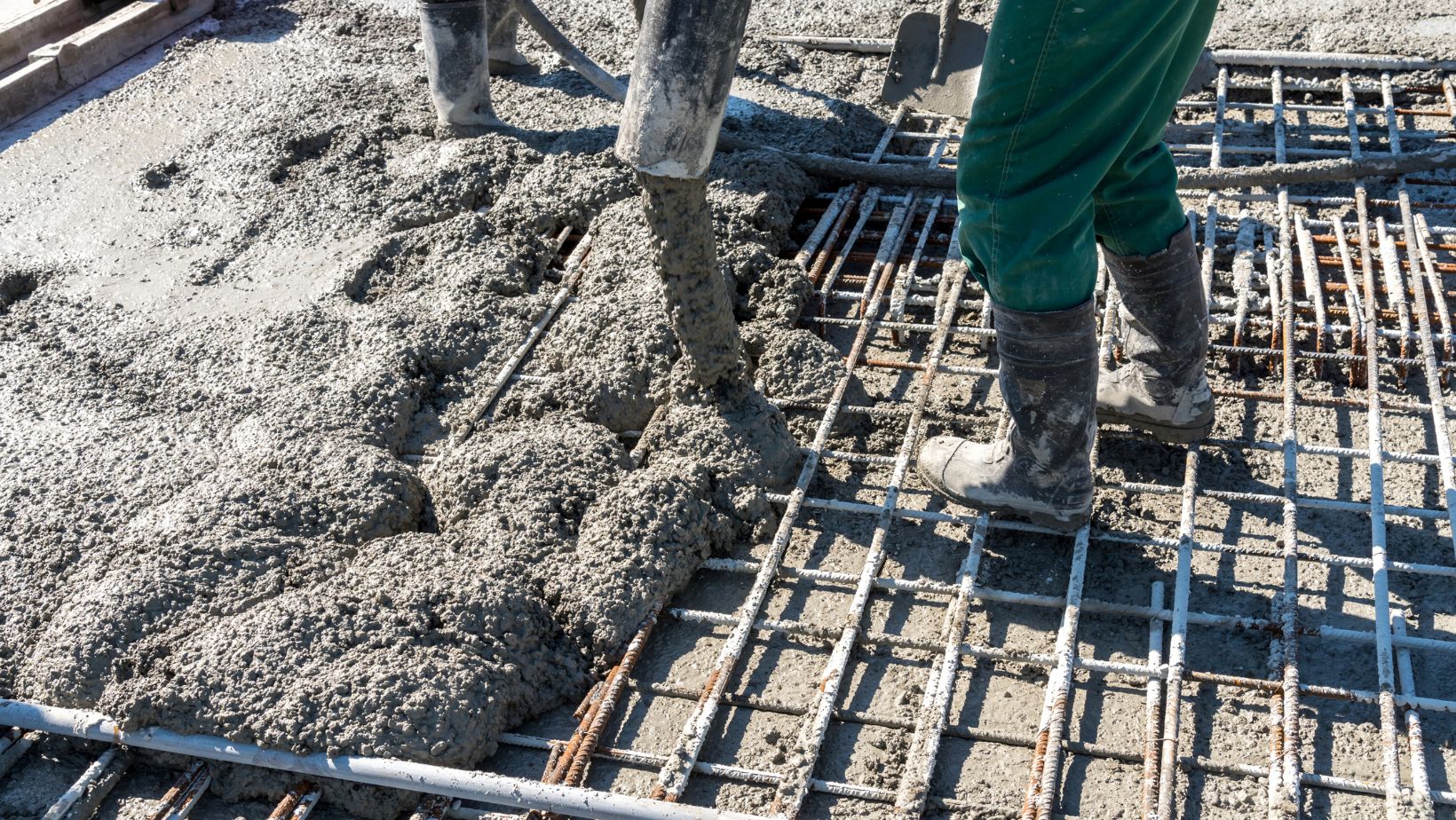
If you’ve got a project on the horizon, whether it’s for a residential or commercial space, Contact Concrete Contractors Dallas TX Today for professional advice, and to ensure your concrete job is done right from start to finish.
By taking the time to properly pour and cure your concrete, you’re ensuring your project not only looks great but also lasts for many years to come. Don’t skip the details, your future self will thank you.





